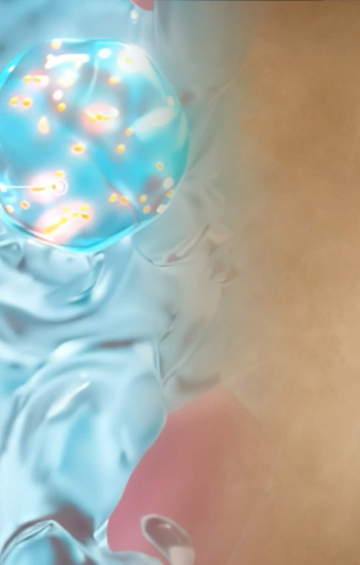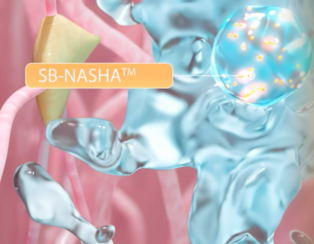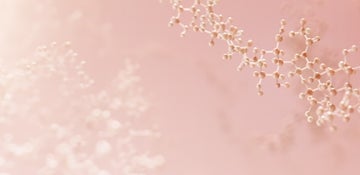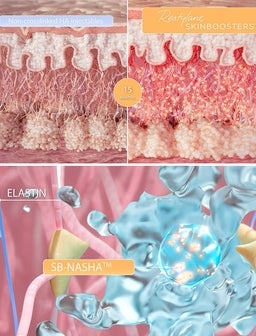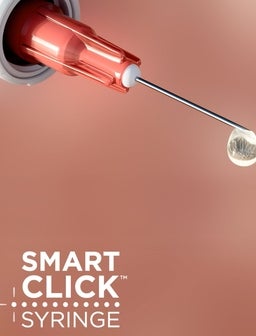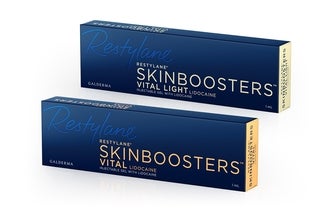Glow through life with the most
natural solution
Hyaluronic acid is a natural molecule in our bodies that can bind huge amounts of water and keeps our body tissues hydrated, soft and flexible. From the age of 28, we lose around 1% per year of the hyaluronic acid in our skin, leading to a dry, dull and wrinkled appearance.32-34
The closest to your skin’s own composition
Restylane® SKINBOOSTERS™ contains stabilized hyaluronic acid that is the closest to your skin’s naturally occurring hyaluronic acid.15-19
Clinically proven to boost skin quality
Restylane® SKINBOOSTERS™ can help you achieve smooth, even, younger-looking skin with a fresh, natural and healthy glow.1,4,8-12
Fast-acting for immediate deep hydration
Restylane® SKINBOOSTERS™ uses the natural ability of hyaluronic acid to bind water molecules, locking moisture within the skin.4,17,21-24
Longest lasting with unmatched results
Compared with other hyaluronic acid skin quality treatments, Restylane® SKINBOOSTERS™ offers the longest duration of skin quality improvements of up to 15 months.1


